"Word has been received here of the death of Edwin C. Hoover, a former resident of Hagerstown, in Basin, Wyoming. He was aged 75.
"Born in Wolfsville, Mr. Hoover was a gifted musician and led the Wolfsville band at the age of 14 and taught music when only 18. Many residents of Hagerstown and Washington county took lessons from him in early life.
Mr. Hoover was a member of the Reformed Church of Hagerstown.
In addition to the musical ability, the deceased taught school for a number of years. He was the first musical superintendent for schools in Washington county.
Going to Basin, Wyoming in 1900, Mr. Hoover organized a band there. He was county superintendent of Big Horn county and was treasurer of the town from 1912 to 1914."
Frederick Post, 4 February, 1937:
"Mrs. Tamma Hoover Kline of this place received word a few days ago of the death of her uncle Prof. Edwin C. Hoover, formerly of this place, now of Basin, Wyoming. Mr. Hoover was born April 12, 1862, and died Jan. 23, he being the last of the family of the late Gideon and Elizabeth Ramsburg Hoover. He spent his younger life with his parents here at the old Antietam Homeplace of the Hoovers which belongs to A. E. Hoover now. In 1899, Prof. Hoover went to Basin, Wyoming, and remained there until his death. He was engaged in vocal and instrumental music. He leaves a widow and three sons, Ralph at Basin, Wyo.; Edwin, Jr., Washington, D. C., and Charles, Basin, Wyo."
He married a local Wolfsville girl, Emma S. Hays Hoover.
Frederick Daily News, 8 January, 1910:
"Mrs. Emma Hays Hoover, a native of Wolfsville, Frederick county, wife of Prof. Edwin C. Hoover, died on Wednesday night, December 20, from an operation for fibroid tumor of the abdomen performed at the Rogers House, at Basin, Wyo., aged 46 years. She was in ill health for about two years and seriously ill two weeks. The entire family were present when she died.
"Mrs. Hoover was a daughter of the late John Otho Hays, who attained considerable prominence because of his more than half a century of service as a public school teacher at Wolfsville, and formerly lived in Hagerstown. After the death of her brother, Calvin Hays, who owned a large ranch near Basin, Wyo., Prof. Hoover and family removed to Basin, where he was principal of the Basin public school for some time and later conducted a ranch. Surviving are her mother, Mrs. Hays and brother, Eugene Hays, Wolfsville; husband, children, Ralph, at Basin; Mrs. Emma Ray Maler, Worland, Wyo.; Ivy May, at home. A daughter, Maude, died at Basin in 1903. The funeral took place December 31, with services in the Methodist church at Basin, by Rev. H. E. Shepherd, and interment was made in the new cemetery at Basin."
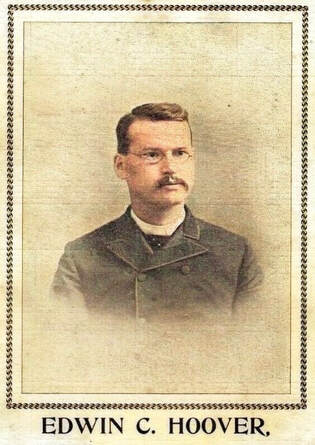
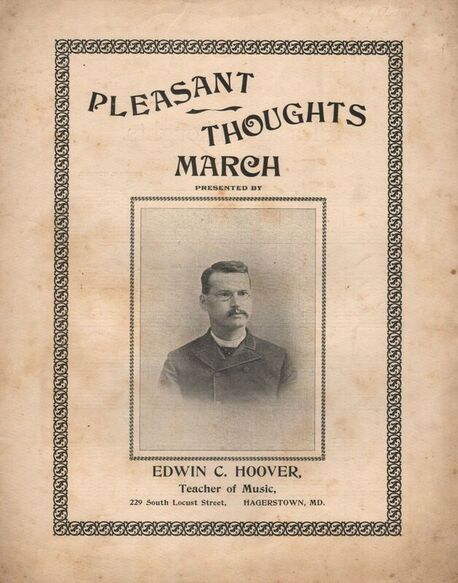
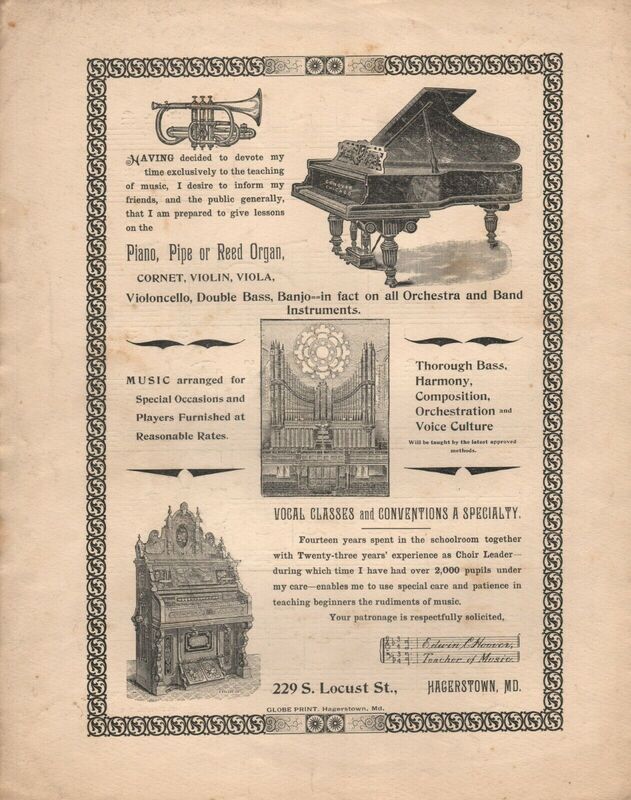
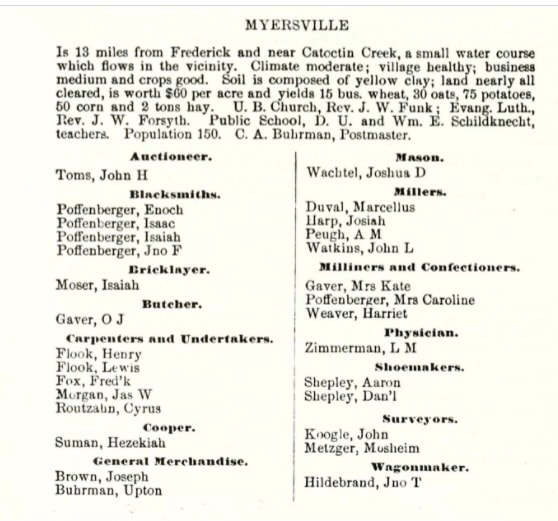
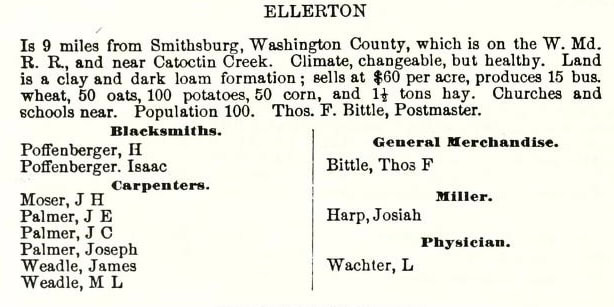
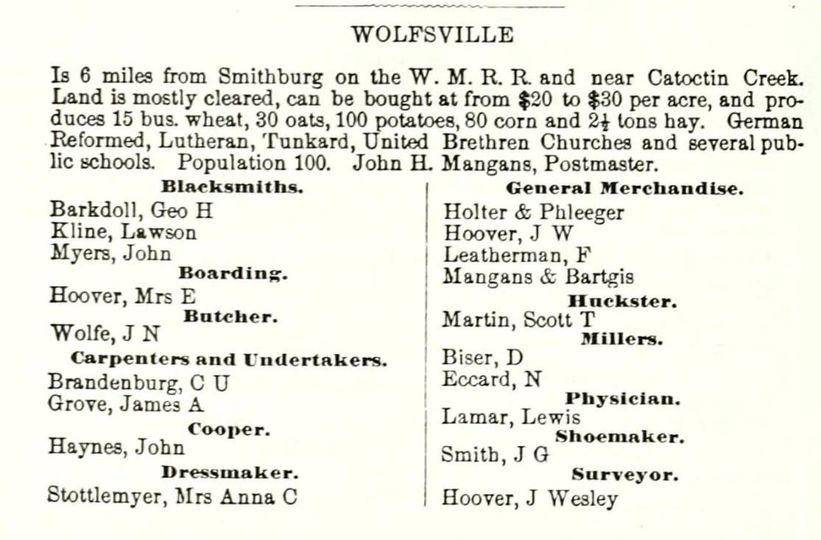
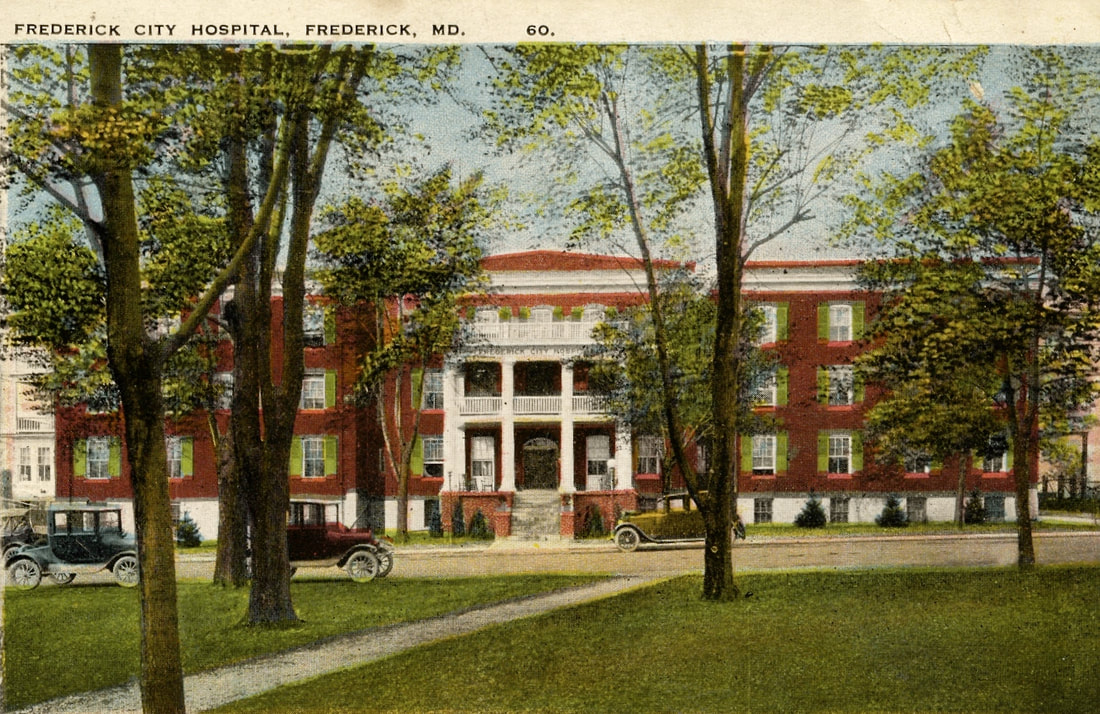
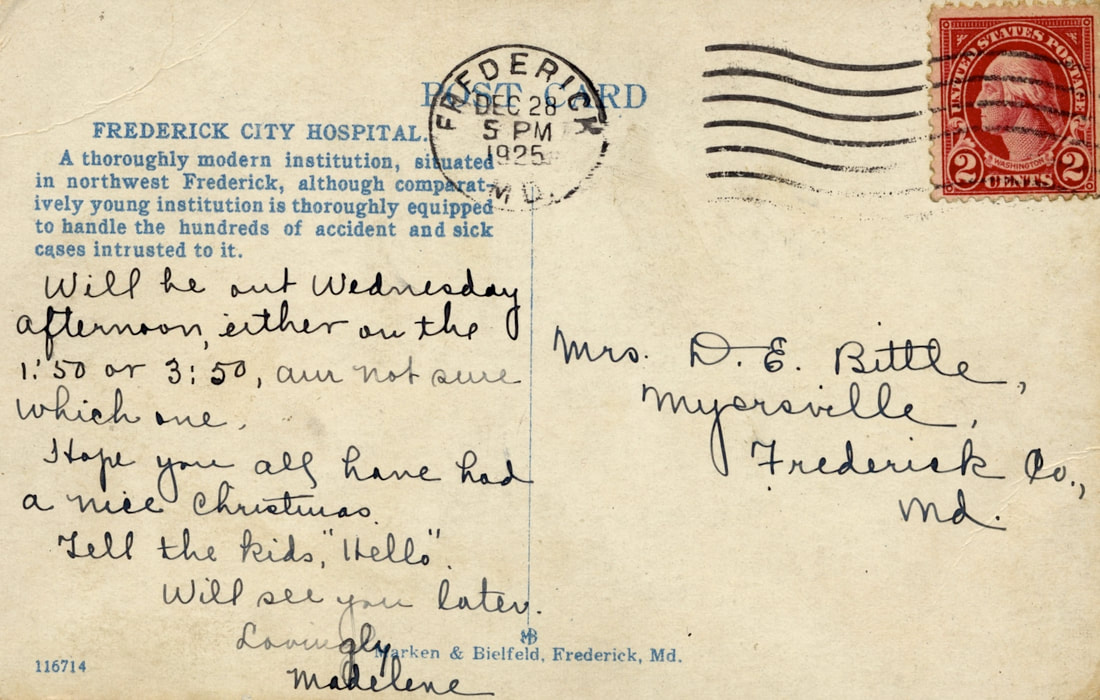
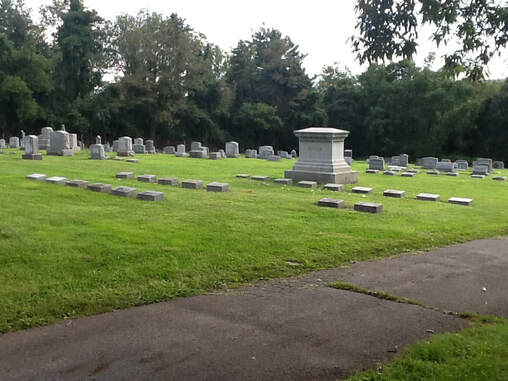
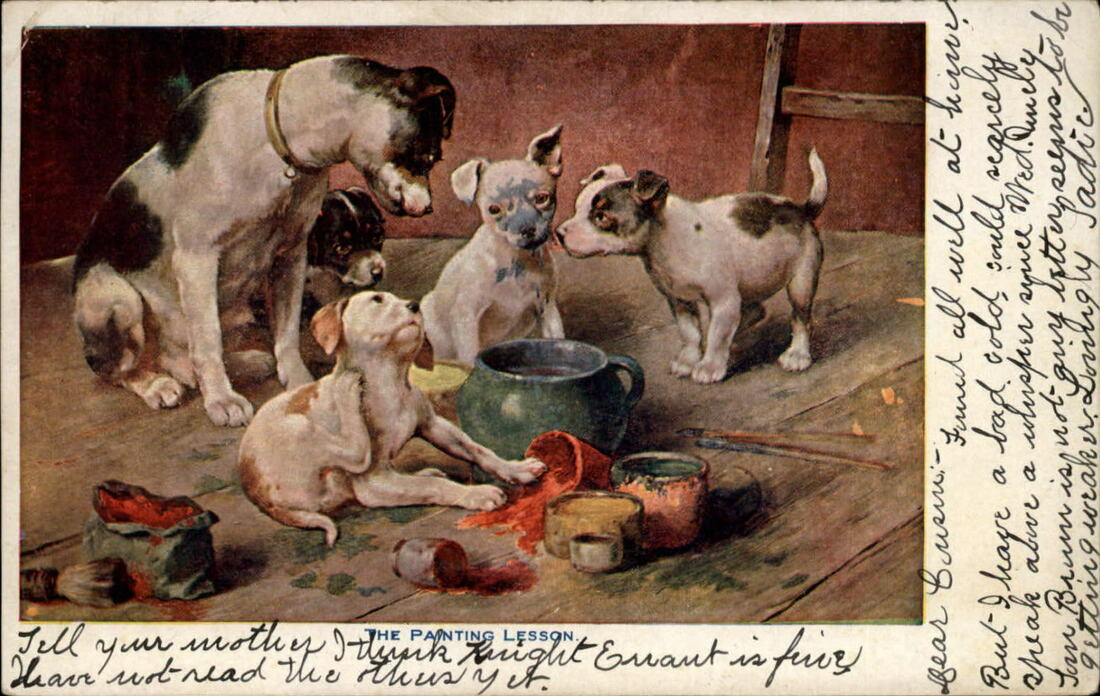
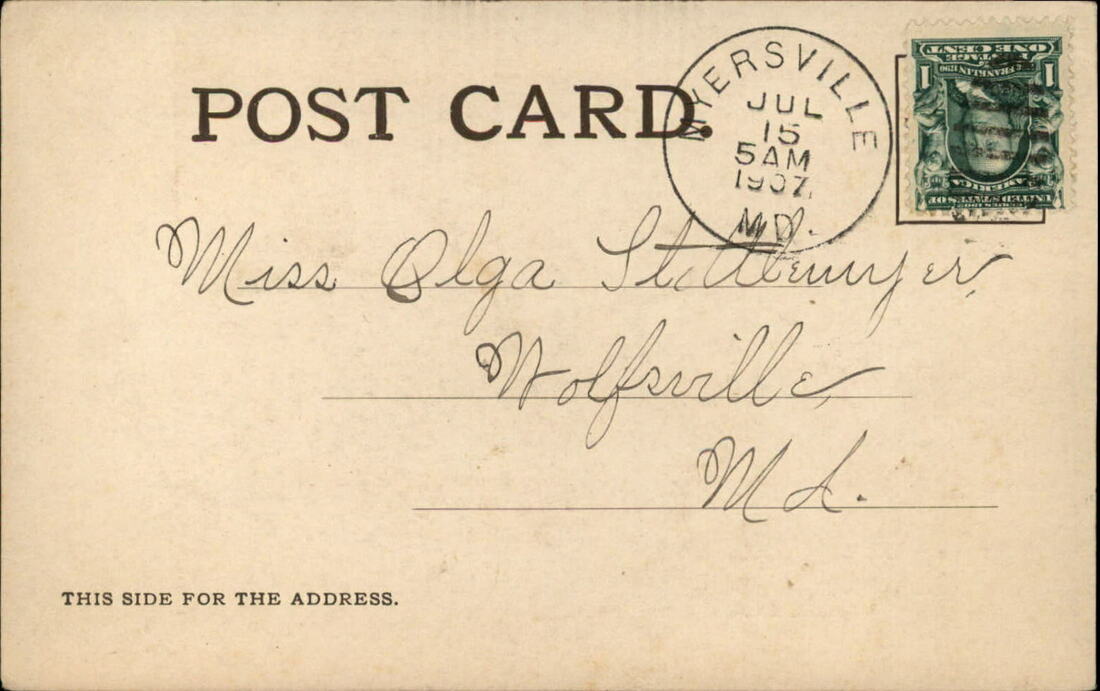

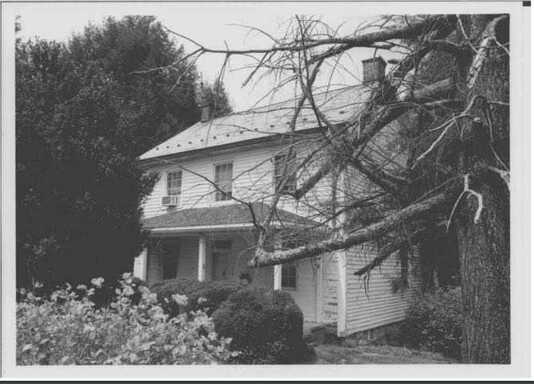

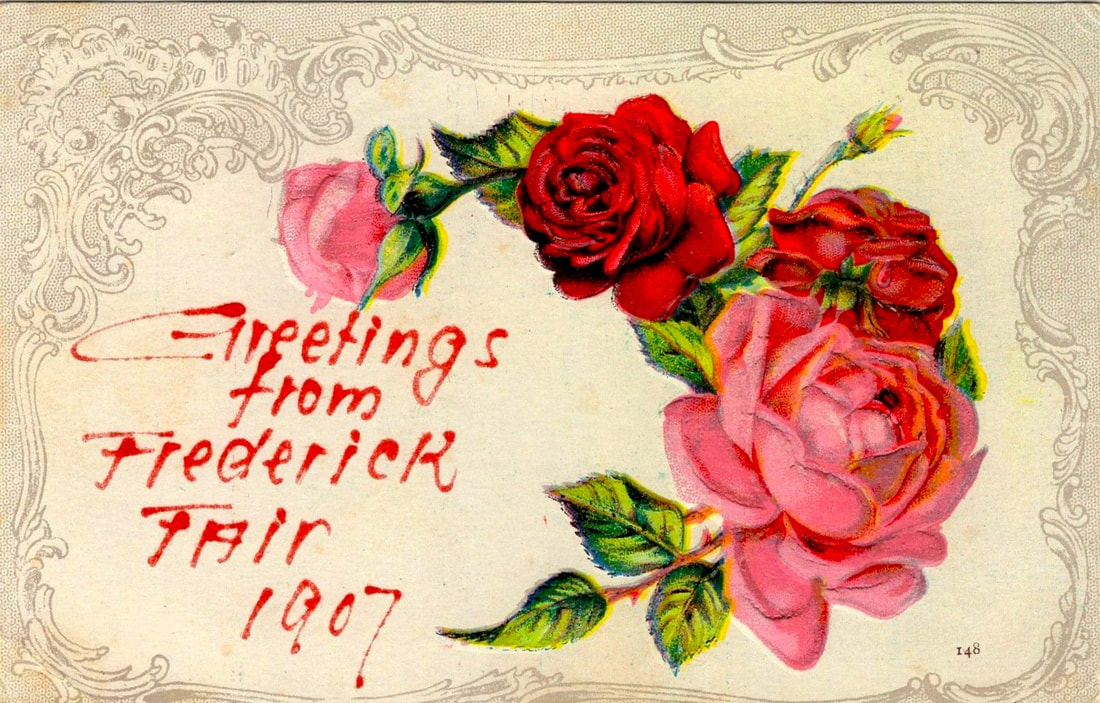
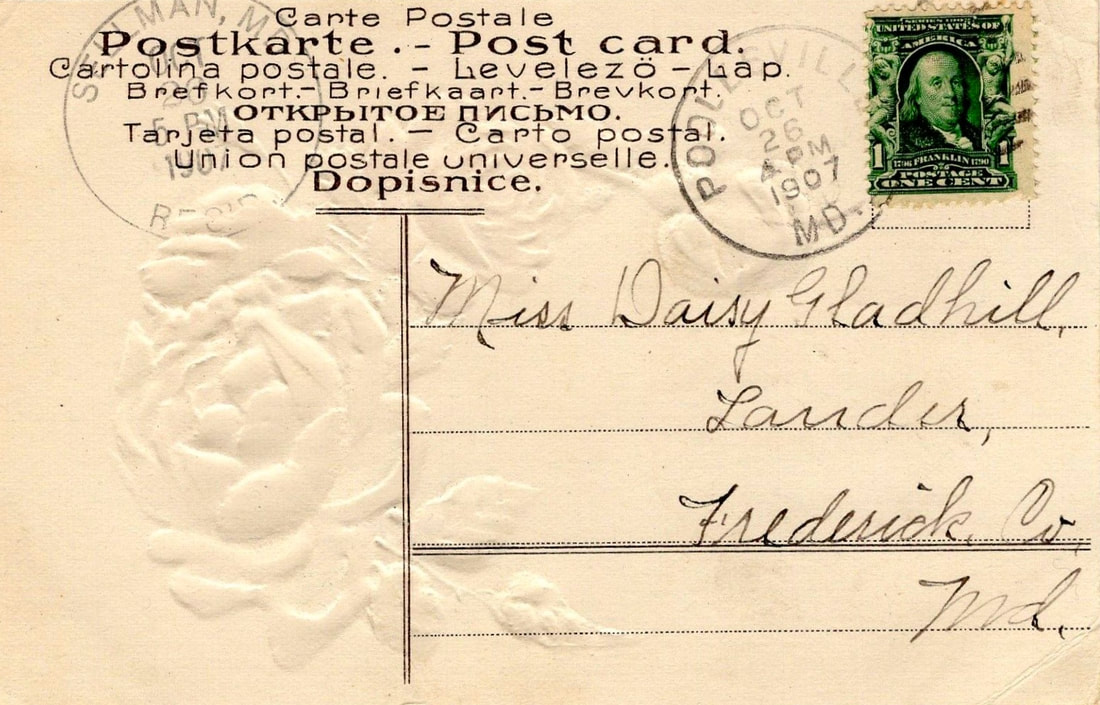
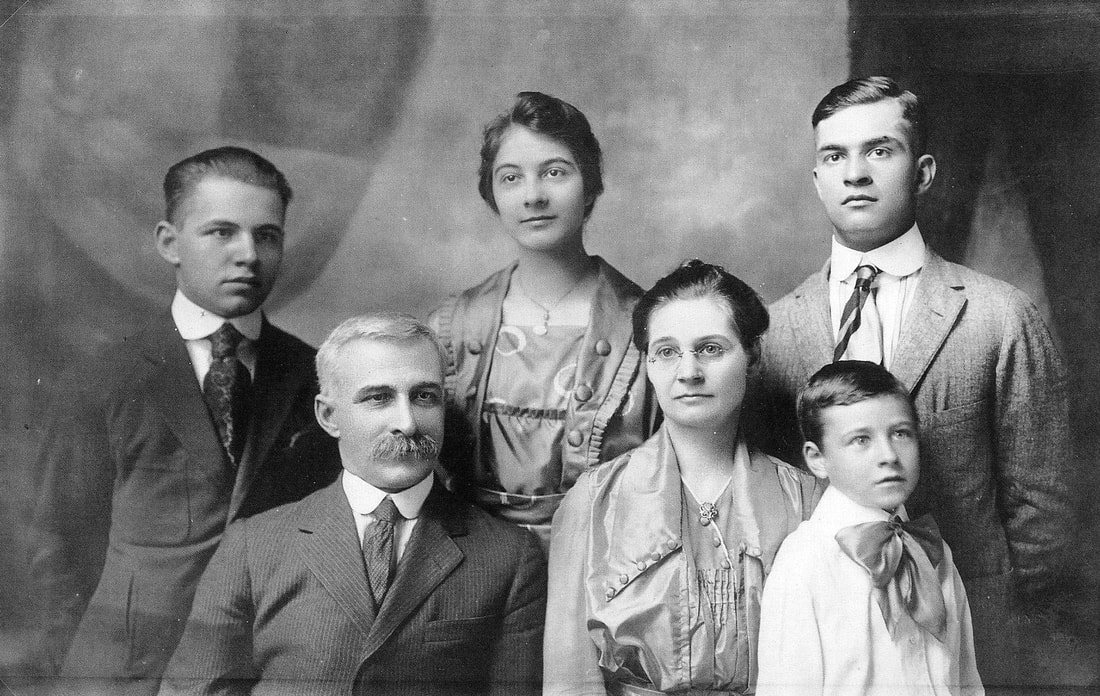
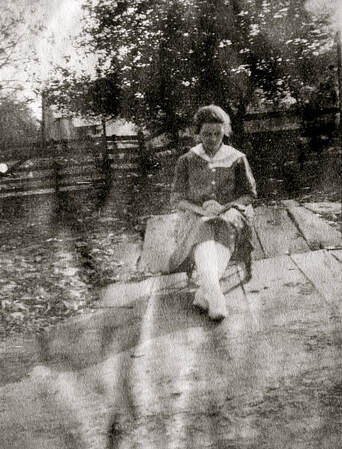
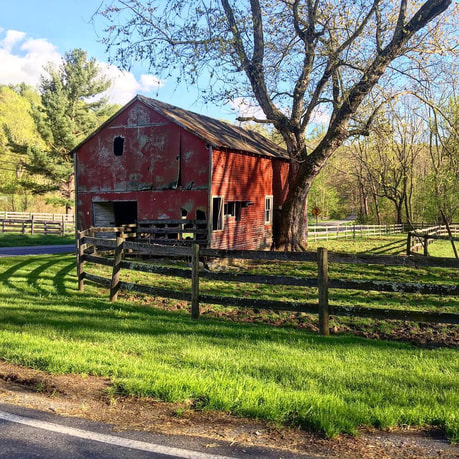
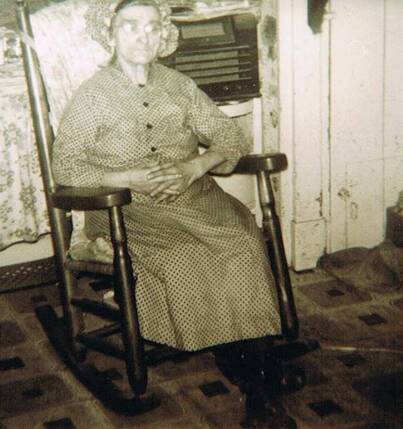
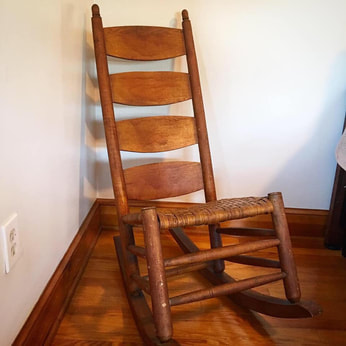
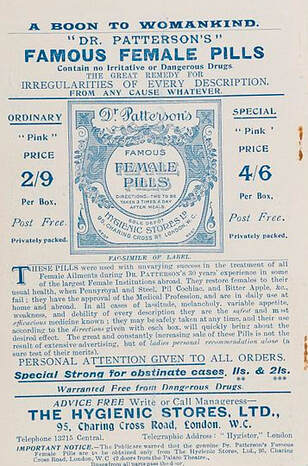
 RSS Feed
RSS Feed